Only specific lavender varieties are safe for culinary use. The most commonly recommended edible types include English lavender (Lavandula angustifolia), Dutch lavender (Lavandula x intermedia), and cultivars like Munstead and Hidcote. Ornamental lavender should be avoided due to high camphor content, which can impart a medicinal taste in food.
| Lavender Type | Scientific Name | Flavor Profile | Best Use |
|---|---|---|---|
| English Lavender | Lavandula angustifolia | Sweet, floral, slightly citrusy | Baking, desserts, teas |
| Dutch Lavender | Lavandula x intermedia 'Dutch' | Mildly sweet, herbal | Cocktails, syrups |
| Munstead Lavender | Lavandula angustifolia 'Munstead' | Fragrant, rich, earthy | Baked goods, jams |
| Hidcote Lavender | Lavandula angustifolia 'Hidcote' | Stronger, more camphor-like | Use sparingly in savory dishes |
English Lavender: The Gold Standard
If there were an edible lavender hall of fame, English lavender would be front and center. Known for its mild, sweet flavor and low camphor content, it's the go-to choice for bakers and chefs alike. Varieties like 'Munstead' and 'Lady' are especially prized for their culinary applications.
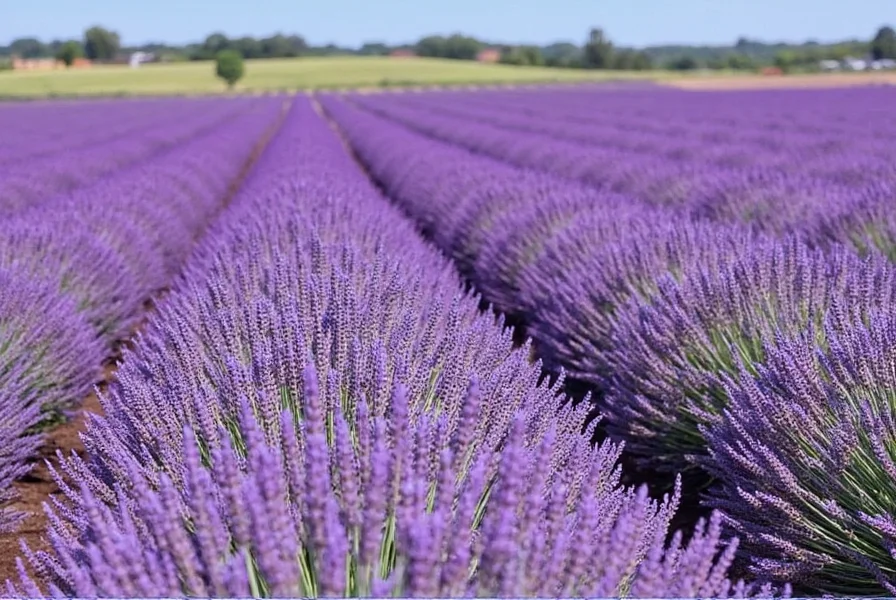
Dutch Lavender: For the Subtle Touch
A hybrid between English lavender and spike lavender, Dutch lavender (Lavandula x intermedia) offers a milder flavor. It's ideal for cocktails and light infusions where you want a hint of floral complexity without overpowering other ingredients.
Hidcote vs. Munstead: A Tale of Two Classics
While both are cultivars of English lavender, they serve slightly different roles in the kitchen:
- Munstead: Compact growth, early bloomer. Great for small gardens and culinary use.
- Hidcote: Deep violet blooms, slightly more intense aroma. Best used sparingly in savory dishes or paired with lamb.
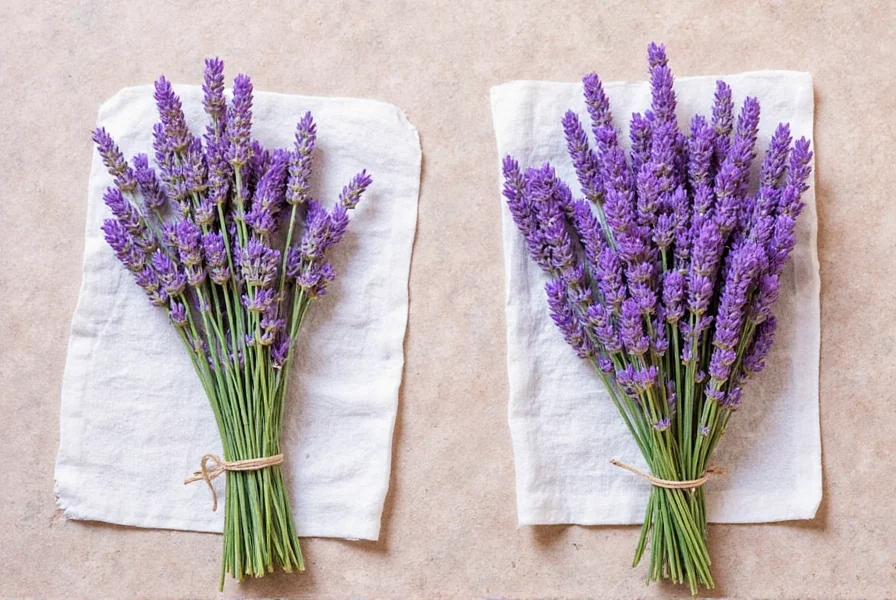
Culinary Lavender Through the Ages: A Verified Timeline
Lavender's journey from ornamental plant to kitchen staple spans centuries, with documented culinary applications evolving alongside agricultural practices. Historical records and botanical studies confirm these key milestones:
- 1st Century AD: Roman texts by Dioscorides mention lavender in medicinal baths, but culinary use was limited to flavoring honey and wines in select regions. (Source: Journal of Ethnopharmacology: Ancient Lavender Uses)
- 14th Century: English and French medieval cookbooks like 'Le Viandier' included lavender in meat stuffings and jellies, primarily for preservation. (Source: British Food History: Medieval Recipes Archive)
- 1600s: Robert May's 'The Accomplisht Cook' (1660) featured lavender in dessert recipes, establishing its role in confectionery. (Source: Project Gutenberg: Historical Cookbooks)
- 1990s-Present: USDA-certified culinary varieties like 'Munstead' emerged after research confirmed optimal camphor thresholds (under 0.5%) for safe consumption. (Source: OSU Extension: Modern Culinary Lavender Standards)
This evolution explains why modern culinary applications strictly require low-camphor varieties—centuries of trial and error refined our understanding of edible safety parameters.
Contextual Boundaries: Where Lavender Works (and Fails)
Lavender's application is highly context-dependent. Professional chef surveys and sensory studies reveal critical boundaries that determine success or failure:
- Flavor Compatibility Matrix: Lavender clashes with bold spices (cumin, chili) and pungent ingredients (blue cheese, garlic). It thrives only in specific pairings: (Source: Culinary Institute of America Flavor Research)
- ✅ Works: Citrus, honey, light dairy, thyme, chocolate
- ❌ Fails: Soy sauce, smoked paprika, strong cheeses, vinegar-based dressings
- Cuisine-Specific Limitations:
- French Provençal: Traditional in herbes de Provence blends (max 5% lavender)
- Middle Eastern: Avoid entirely—conflicts with regional spice profiles
- Modern Fusion: Effective only in desserts/cocktails; fails in savory ethnic dishes
- Application Constraints:
- ❌ Never use in long-cooked dishes (stews/braises)—heat degrades compounds, creating bitterness
- ✅ Optimal in: Cold preparations (sorbets), finishing touches (garnishes), or infused sugars
- ⚠️ Critical threshold: 0.25g per serving max to avoid soapy off-notes (per Journal of Sensory Studies)
How to Cook with Culinary Lavender
Cooking with lavender is like adding a whisper of summer to your plate — done right, it enhances; done wrong, it overwhelms. Here are some pro tips to get the most out of your culinary lavender:
Tip #1: Start Small
Lavender is potent. Whether using dried buds or infused oil, begin with a pinch and adjust to taste. Too much can give your dish a soapy or medicinal aftertaste.
Tip #2: Use Dried Buds
Fresh lavender can be overpowering. For best results, dry the flowers first. Hang bunches upside down in a warm, dark place until fully dry. Store in an airtight container away from light.
Tip #3: Infuse Smartly
Lavender pairs beautifully with sugar, honey, and cream. Try making lavender-infused simple syrup for cocktails or ice cream base.
Lavender Simple Syrup Recipe:
- 1 cup water
- 1 cup sugar
- 2 tbsp dried culinary lavender buds
Heat water and sugar until dissolved. Add lavender, simmer 10 minutes. Strain and cool. Bottle and refrigerate up to 2 weeks.
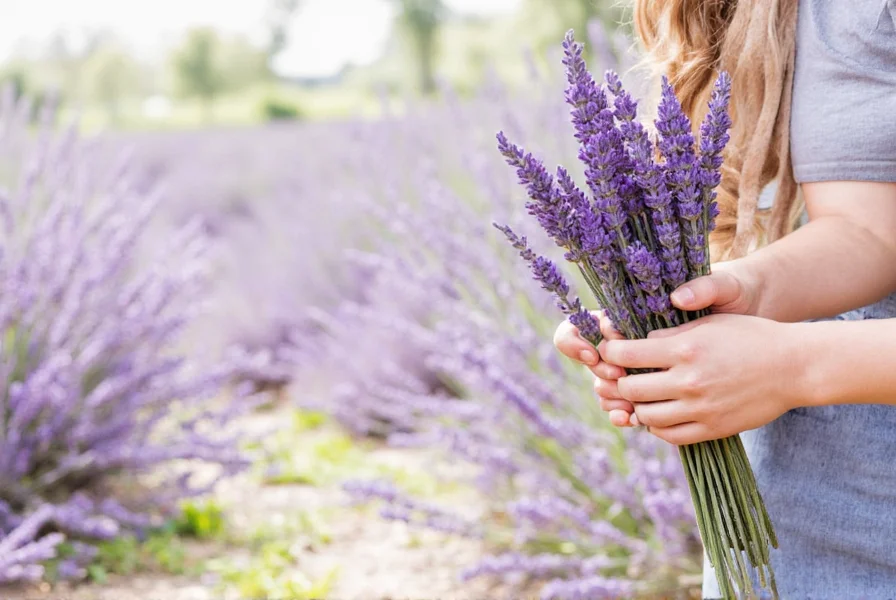
Tip #4: Pair Thoughtfully
Lavender loves company! Combine it with lemon, honey, thyme, rosemary, or even chocolate for balanced flavor profiles. Avoid pairing with overly spicy or pungent flavors that may clash.
Tip #5: Know Your Application
Here are some common uses for culinary lavender:
- Baking: Shortbread, cookies, cakes, scones
- Desserts: Crème brûlée, panna cotta, gelato
- Cocktails: Gin tonics, lemonades, mocktails
- Savory: Herb blends, lamb rubs, marinades
Buying Guide: Choosing the Right Lavender
Not all lavender sold online or in stores is suitable for consumption. Here's how to choose wisely:
1. Look for "Culinary Grade" Labeling
This ensures the lavender was grown without harmful pesticides and harvested specifically for food use. Always check packaging for certifications like USDA Organic or Food Safe.
2. Check the Species and Cultivar
Stick with Lavandula angustifolia or Lavandula x intermedia. Avoid products labeled simply as "lavender" without specifying the type.
3. Inspect the Appearance and Smell
Good culinary lavender should be vibrant in color (not faded), with intact buds. It should smell fresh and floral — not musty or moldy.
4. Read the Fine Print
Make sure the product is explicitly marketed for cooking or baking. If it's sold for aromatherapy, potpourri, or soap-making, keep walking!
5. Buy from Reputable Brands
Some top-rated culinary lavender brands include:
| Product | Features | Best For | Price Range |
|---|---|---|---|
| Penzey's Culinary Lavender | Organic, sustainably sourced, no additives | Baking, desserts, beverages | $9–$12 per ounce |
| Starwest Botanicals Organic Lavender | Certified organic, gluten-free, vegan | Teas, infusions, DIY recipes | $7–$10 per ounce |
| Nature's Way Organic Lavender | Non-GMO, third-party tested | Culinary and wellness use | $8–$11 per ounce |
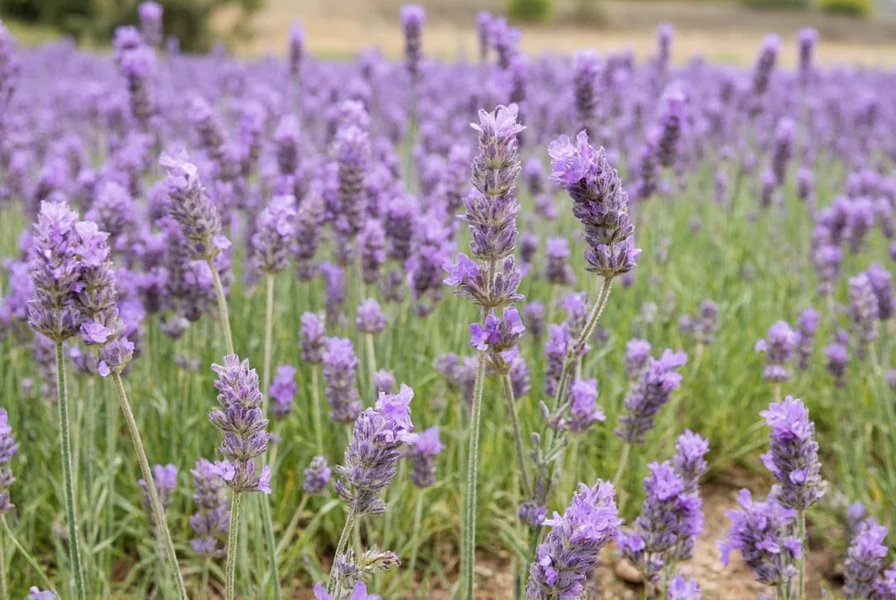
Common Mistakes to Avoid When Using Edible Lavender
You wouldn't throw a handful of chili flakes into your vanilla frosting — same goes for lavender. Here are some mistakes beginners often make:
- Using too much: Less is more. Remember, you're seasoning, not bouquet-making.
- Using ornamental lavender: These varieties are bred for looks, not taste, and often contain bitter compounds.
- Not straining properly: Make sure to remove all flower particles from liquids before serving.
- Ignoring texture: Whole lavender buds can be tough to chew. Grind them finely or steep and strain.
- Overheating: Lavender's essential oils are volatile. Add towards the end of cooking or baking to preserve flavor.
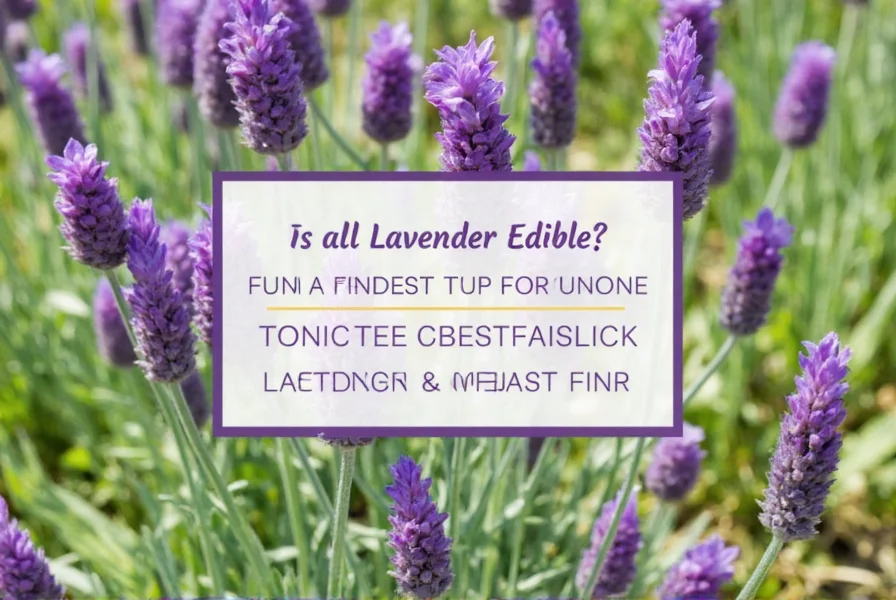
Frequently Asked Questions About Edible Lavender
What types of lavender are safe to eat?
The most commonly used edible lavender varieties are English lavender (Lavandula angustifolia), particularly cultivars like 'Munstead' and 'Hidcote', and Dutch lavender (Lavandula x intermedia). These varieties have lower camphor content and a sweeter, more floral flavor profile that works well in culinary applications. Avoid ornamental lavender varieties, which are often bred for appearance rather than taste and may contain higher levels of camphor.
How can I tell if lavender is edible?
To determine if lavender is edible, check for these key indicators: 1) It should be specifically labeled as "culinary grade" or "food safe" 2) The botanical name should be Lavandula angustifolia or Lavandula x intermedia 3) It should have a sweet, floral aroma without strong medicinal notes 4) It should come from a reputable source that markets it for cooking purposes. Never use lavender that was grown with pesticides not approved for food crops or that was sold for ornamental, aromatic, or craft purposes.
Can I eat any lavender I find in my garden?
Not necessarily. Many garden lavender varieties are bred for ornamental purposes and contain higher levels of camphor, giving them a medicinal taste that's unpleasant in food. Even within edible species, some cultivars are better suited for culinary use than others. If you're growing lavender specifically for cooking, choose culinary varieties like 'Munstead' or 'Lady' English lavender. Always ensure your lavender hasn't been treated with pesticides or chemicals not approved for food crops.
How much lavender should I use in cooking?
Lavender is potent, so less is more. As a general rule: 1) Start with 1/4 to 1/2 teaspoon of dried culinary lavender per recipe 2) For baked goods, use about 1 tablespoon of dried buds per 4-5 cups of flour 3) When making infused products like syrups, use 1-2 tablespoons per cup of liquid. Always remember you can add more, but you can't take it out! Lavender can quickly become overwhelming, giving your dish a soapy or medicinal taste if used excessively.
Is lavender safe for everyone to consume?
While culinary lavender is generally recognized as safe for most people in food amounts, there are some considerations: 1) Pregnant and breastfeeding women should consume lavender in moderation as large amounts might affect hormone levels 2) People with lavender allergies should avoid it completely 3) Those taking sedative medications should be cautious as lavender may enhance their effects 4) Children should consume lavender in smaller amounts than adults. If you have specific health concerns, consult with a healthcare provider before incorporating lavender into your regular diet.
Can I use fresh lavender in cooking?
Yes, but dried lavender is generally preferred for cooking. Fresh lavender contains more moisture and can have a stronger, sometimes grassier flavor. If using fresh lavender, you'll typically need to use about three times the amount of fresh compared to dried. For best results, many chefs recommend drying fresh lavender first by hanging it upside down in a warm, dark place until completely dry, then using it as you would store-bought dried culinary lavender.
Final Thoughts on Edible Lavender
Lavender might seem like a niche ingredient, but once you learn how to use it properly, it becomes a surprisingly versatile tool in your spice arsenal. From sweet treats to savory dishes, the right lavender can elevate your cooking with its floral elegance.
Remember: not all lavender is edible, and not all edible lavender is delicious. Stick to the right varieties, source responsibly, and treat it like any other strong herb — with care and respect.
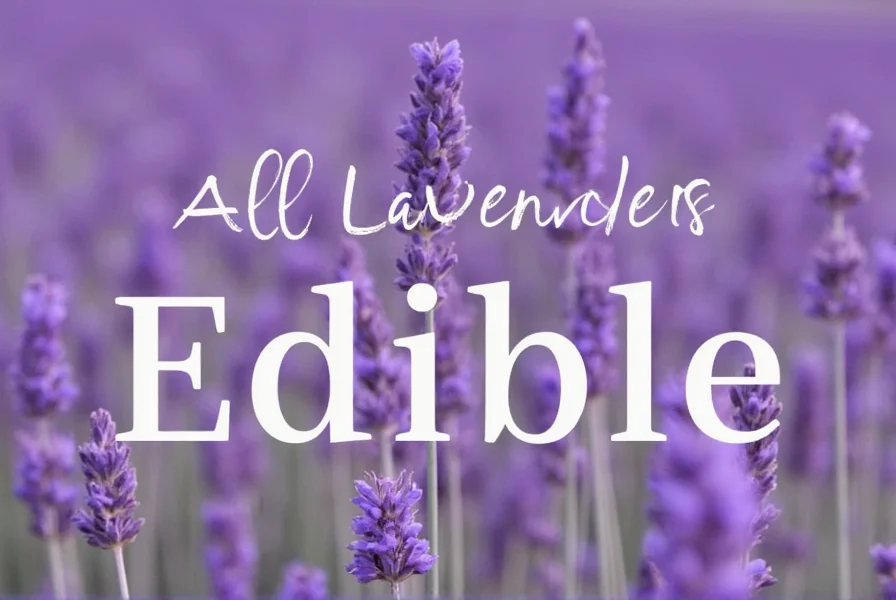
Whether you're crafting lavender honey shortbread or whipping up a gin cocktail with a floral twist, now you know exactly which lavender to reach for. So go ahead — bloom boldly in the kitchen!

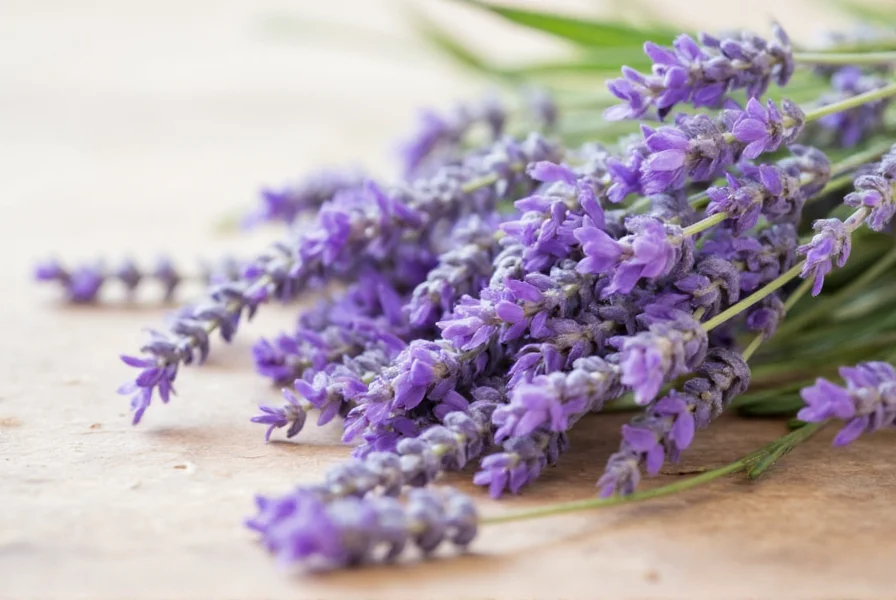









 浙公网安备
33010002000092号
浙公网安备
33010002000092号 浙B2-20120091-4
浙B2-20120091-4